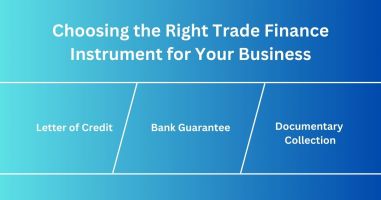What Is Payment Tokenization And How Does It Work?

The term payment tokenization is being used in abundance for the last few months. It is a complicated process that helps to protect our sensitive data. It is kind of like purchasing tokens at a casino in exchange for money to play at the slot machines. A similar system works here as well.
Wish to know more? Then read on as we explain what payment tokenization is, how it works in general, and for the commonly-used payment apps. So let’s get started!
What Is Payment Tokenization?
To put it simply, the term "tokenize" refers to the act of substituting or transforming something into something else. Credit card tokens are used to replace sensitive data (such as a customer's credit card number, address, or account number) with a series of algorithmically generated digits and letters. Merchants can transport data between networks using credit card tokenization without revealing customers' sensitive information.
The "token" is a series of randomly generated integers that replaces the customer's primary account number (PAN). These tokens can then be transmitted across the internet or various wireless networks to complete the transaction without exposing actual bank information. In a secure token vault, the actual bank account number is kept safe.
Now that we know what payment tokenization means, let’s see how it works.
How Does It Work?
Tokenization replaces sensitive client data with a one-time alphanumeric ID that has no value and is unrelated to the account's owner. Customers' credit card information is safely accessed, passed, transmitted, and retrieved via this randomly generated token.
Tokens do not include any personally identifiable information about customers. They're more like maps that show where the customer's bank stores sensitive data on their systems. Tokens are created using mathematical processes and are irreversible. Only after the transaction is complete can the tokens be opened. These tokens have no significance or value outside of your system. So even if hackers get their hands on your information while it's being processed, they won't be able to use it.
Let’s see how the tokenized payment transaction works -
Step 1
First, the cardholder will initiate the transaction. They will enter their sensitive card data.Step 2
Next, the credit card information will be sent in the form of a token to the merchant acquiring bank.Step 3
The acquirer will then transmit the token for authorization to the credit card networks.Step 4
When the authorization is complete, the customer's data will be stored in the secured virtual vault of the bank. The token will be matched to the customer account number.Step 5
The bank will verify funds available in the account. Based on that, it will either allow or decline the transaction.Step 6
Lastly, when the authorization is successful, the merchant will receive a unique token that can be used for any current or future transactions.The entire payment tokenization system happens behind the scenes. Thus, customers are not required to do anything differently.
How Can Payment Tokenization Help You?
Here is how payment tokenization can protect you in different situations -
Android Pay Tokenization
Tokenization works simply with Android Pay. Google creates a stand-in token to represent your actual account number when you enter your card information into the app. This makes obtaining your actual credit card information nearly impossible.
Apple Pay Tokenization
Suppose you take a picture of your credit card and upload it to your iPhone. Apple will then send the card details to the respective network or bank to replace these details with the token or a series of randomly generated numbers. This token will then be given back to Apple who will install it into your iPhone. Thus, the token now stored in your phone cannot be used by any fraudster to extract money.
Tokenization On Other Apps
Suppose you want to buy something using your phone's app – concert tickets, clothing, or books. None of these apps have your credit card information if your phone has a token. It means fraudsters cannot access your bank information since it's encrypted. Many apps will link straight to your stored shipping information when you use a tokenized account, making it easier to check out.
eCommerce Tokenization
Tokenization also aids in the security of your online buying. For example, you might purchase a chair from Ikea.com. If IKEA has tokenized the card numbers it has on file, your information will be protected even if the company is hacked. Because the shop may never see or keep the credit card data, if a criminal gains access to the system, all the thief sees are the randomly generated tokens.
For example, for each online retailer, a new token can be generated. So you'll have a different code everywhere you shop. As a result, if a merchant suffers a security breach, all tokens given to that website can be revoked without the need for a new card.
Conclusion
Payment tokenization is a complicated process but it is essential to protect our card details from fraudsters. The best part is, we, as customers, are not even required to do anything differently - the entire transaction works behind the scenes. We hope this article helps you understand the concept of payment tokenization and how it works.






